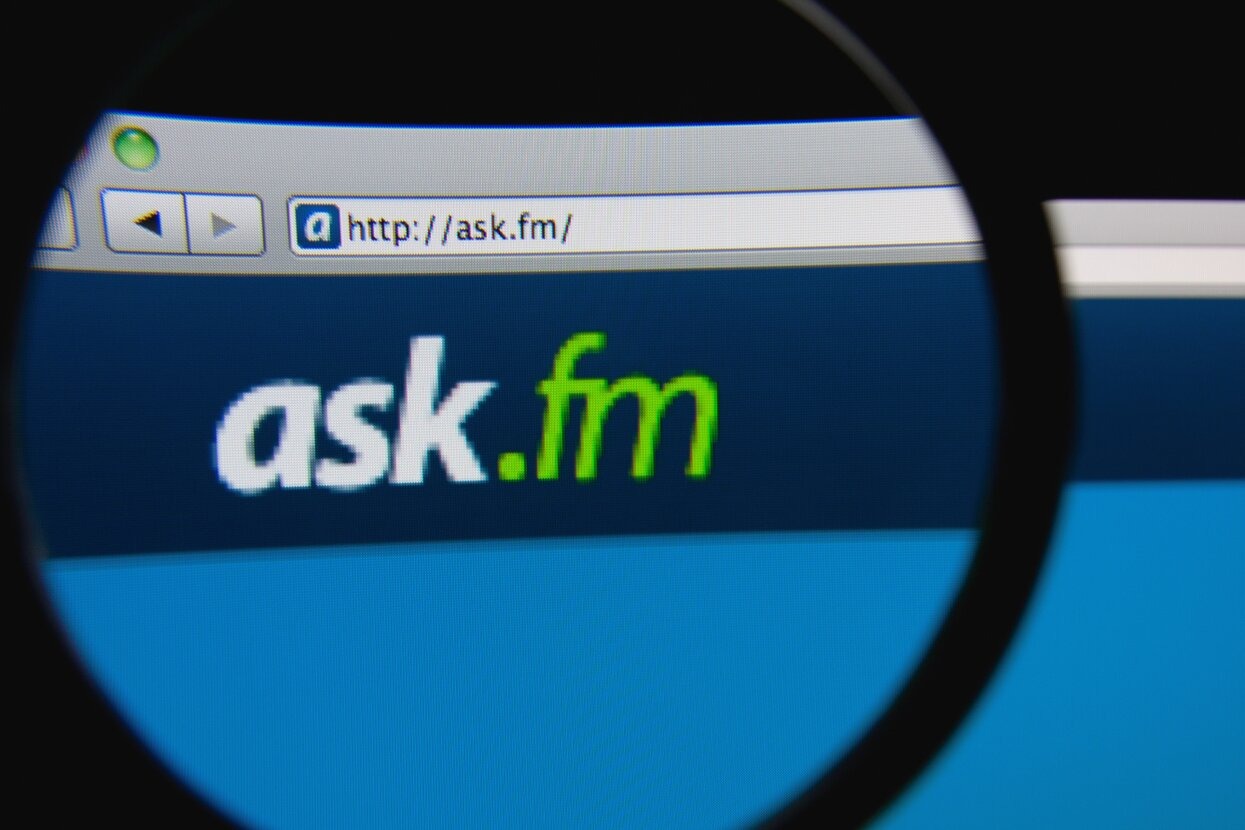July 9, 1962, thousands of people watched the formation of the curious northern lights in the sky over Hawaii. Such phenomena, both boreal and southern, are not common in these latitudes. At least they are not natural. But this was not at all natural, as it was the result of explosion of a nuclear bomb in spacesimply 400 km above Johnston Atoll, very close to the Hawaiian coast. It was not the first nuclear test conducted by the United States in space, but one that caused the most problems. Fortunately, these were only material problems, as far as is known, but it could have been much worse.
The reasons why this nuclear bomb was launched are unclear. It was probably in response to similar test of the Soviet Union. And this was not the first time that island sites have been chosen for this kind of testing. In fact, the case of Bikini Atoll is well known, where numerous tests were carried out after the evacuation of its entire population. More than half a century ago, radiation is still recorded in this area and, logically, its inhabitants do not have the opportunity to return.
In space, you can count safer for the public, at least as far as radiation constancy is concerned. However, failures in many electronic systems can have serious consequences, especially today when these systems form part of our daily lives. For this reason, just a year after this situation, nuclear weapons tests were banned both in space and under water and in the atmosphere. It was in the contract signed USA, Soviet Union and UK. Since then, these tests have been severely limited, although there have been concerns that nuclear strikes could be launched at some point. In addition, nuclear energy has been focused on less warlike purposes that put it back into space, causing a lot of hype.
The bomb that lit up outer space
This nuclear bomb, launched in 1962, is known as Starfish Primewas part of something known as Operation Aquarium.
Five nuclear devices were used, the largest of which released energy 1.4 megatons or, what is the same, 1400 kilotons. If we take into account that the explosion in Hiroshima was 15 kilotons, then we can get an idea of its power.
With this operation, the United States wanted to test whether nuclear explosions in space could be used to attack the Soviet. But the trials did not last long.
After the explosion, those who could see it reported a very impressive sequence of events. First, a large cloud formed in the sky, which was soon pierced white flash. Behind him appeared green ball of expanding radiation stretching to a clear sky above a cloudy one. Then “thumbs up white fingers formed, rising 40 degrees above the horizon, swooping in swift arcs down toward the poles and disappearing within seconds to be replaced by spectacular concentric annular cirrus clouds emanating from the explosion.”
The sky stayed like this for a while until the green light turned purple and then reddish, as if suddenly the firmament burst into flames.
It must have been a breathtaking sight. Auroras away from where they normally form as a result of charged particles from the sun colliding with the atmosphere and are redirected to the poles by the magnetic field. The difference is that this time it was the result of an atomic bomb and the consequences were not long in coming.
Telecommunication failures
Many satellites have been affected by high levels of radiation released into space. In fact, according to IFLSciencethere were consequences even in the satellites launched after the explosion.
This, logically, also affects life on Earth. But apart from what happened to the satellites, telecommunications itself, as well as many electronic systems in the Hawaiian area, have undergone significant changes. Because the public lighting systemsbefore anti-theft alarm and many automatic systems They stopped working. It was the 1960s, but if something like this happened today, it would be real chaos.
But what about nuclear missiles?
Today, nuclear power has managed to carve out a niche for itself that goes beyond the militant connotations it had in past decades. It is considered a much cleaner way to generate electricity than those based on fossil fuel. Moreover, although it is impossible to forget what happened in Chernobyl or Fukushimasecurity systems have been greatly improved in recent years, so it is considered very unlikely that something like this will happen again.
For this reason, there are those who offer the possibility of returning this energy to space through nuclear missiles. These will be nuclear-powered launch vehicles, rather than the expensive and highly polluting fuel mix used today.
In addition, it would be useful not only to reduce the pollution that the space race causes. It will also mean manned missions beyond the moon, in which Large amount of energy. For example, it can be used to send ships to Mars.
It would be useful, but one cannot help but think about the nuclear bomb that the United States detonated in space. And if by chance one of these missiles will explode? Apart from the human consequences this would entail, if it were a manned mission, could it be dangerous for those of us who remain on Earth?
It is logical that such a possibility exists. That’s why, as always, you must assess the benefits and risks to decide if it’s really a good option. At the moment, it is supported by many scientists, but much more research remains to be done. One thing is clear: sometimes the risk is worth it if it is done for science and for the benefit of mankind. The problem is that, unfortunately, the goal in some cases is far from helping people. As an example, just go to that Hawaiian night in the summer of 1962.
Source: Hiper Textual














